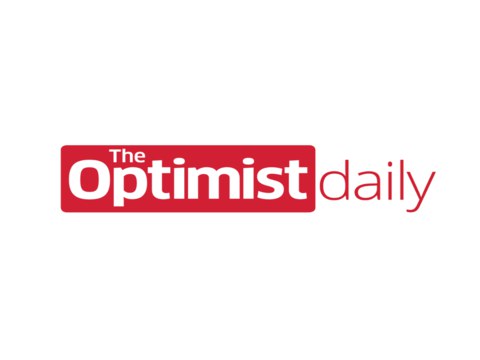Want to make the most of preventive medicine? Supplement your annual physical with the ancient Chinese technique of pulse diagnosis.
Tijn Touber | September 2008 issue

“Good news. We didn’t find anything.” The doctor delivered her verdict from the doorway of my room in the emergency ward of a hospital in Troy, New York, where I’d gone a few weeks ago for sharp abdominal pain. But after $700 in tests, I still didn’t know what was wrong with me. Further examination by a gynecologist ($400) didn’t turn up anything either. The next step would be to see a gastroenterologist ($200) for a CT scan ($500).
During a year-long search for the problem, I’d seen two family doctors, a naturopathic physician, a nurse practitioner and an acupuncturist, who in the absence of a diagnosis inserted needles into my hands, arms, feet, legs, forehead and solar plexus based on my description of the pain. Cost: some $1,000 and plenty of worry.
So, two weeks after the emergency room episode, I was relieved to find myself finally seated across from Leon Hammer, a master of the Chinese technique of pulse diagnosis, at his rustic cedar home down an unmarked driveway in New York’s Adirondack Mountains. The 84-year-old Cornell University med school graduate enjoyed a long career as a psychiatrist, heading a child guidance clinic and studying with Gestalt founder Fritz Perls. But he was frustrated by the profession’s inattention to the role of the body and physical touch in healing the mind. When he first met an acupuncturist in 1971, he recalls, “I’d always wanted to be a doctor, since I was a boy, and when I stepped into his consultation room, I knew this was what I’d had in mind.”
Since then, Hammer has played the leading role in introducing pulse diagnosis, which has thousands of years of history in China, to the West. Modernized to incorporate the ills of the post-industrial age, contemporary Chinese pulse diagnosis (CCPD) enables practitioners to identify an extraordinary range of states—mental, spiritual, emotional and physical—simply by feeling a person’s pulse. A typical session costs $50 to $100.
Pulse diagnosis can also find trouble before symptoms arise. So Hammer and other CCPD practitioners—who only number in the hundreds in North America, Europe, Australia and New Zealand—say that along with modern medical technology, acupuncture, herbs, exercise and a good diet, it’s a crucial part of effective preventive medicine. “You can access any part of the body or function of the body and pick up where something is beginning to go wrong at a very, very, very early stage,” Hammer says. “So in the hands of a skilled person, it’s the best preventive medicine that exists. If I was in charge of the health-care system, I’d have every single person get their pulse taken twice a year.”
Sounds great, but does it work? Hammer and I spent the next hour in an intimate silence, my arms stretched across a table in Hammer’s upstairs office, his fingers playing across both wrists, then one, then the other, then both again. Could he find out what was causing my abdominal pain?
Two thousand years ago, during the Han Dynasty, everyone from rulers to peasants paid doctors to keep them healthy with the pulse diagnosis and treatments first described in the Nei Jing (“inner classic”) circa 100 BCE. Eastern medicine, like Eastern philosophy, has always subscribed to the idea that the whole is found in its parts. In China, this is the basis of therapies like foot reflexology, tongue reading (in which the tongue’s colour, texture and markings are attributed to conditions in the body) and pulse diagnosis. Acupuncturists trained in this subtle method say you can tell the condition of every body function by feeling the rhythm and qualities of the pulse at different positions on the wrist.
The spot on your right wrist at the base of your thumb, for example, reveals something—though not everything—about your lungs, especially their condition in the past. If a student of Chinese medicine feels a narrowing there, your lungs aren’t expanding enough. If it feels slippery—like pebbles rolling on a plate—it may indicate evidence of a bacterial infection, past or present. And if it feels choppy—like scraping bamboo with a knife—there’s probably some toxicity.
Typically, a doctor of Chinese medicine uses other tools of the trade, like tongue diagnosis, alongside pulse readings. Treatment involves regular stints on a massage table, with needles inserted anywhere from your eyebrows to the balls of your feet, and tonics brewed from herbs to strengthen the body’s healing process. Western medicines and medical techniques are also suggested when appropriate.
Historically, these techniques attracted little attention in the West. But during the Communist takeover of China after World War II, some Chinese masters fled to the U.S. and Europe. One of these was John Shen, and Hammer knew when their paths crossed in 1974 that he’d found his teacher. For eight years, he spent weekends with the acupuncturist at his practise in New York City. There, he learned to lay his fingers on the wrist in 28 positions, varying the pressure to feel some 80 pulse qualities.













